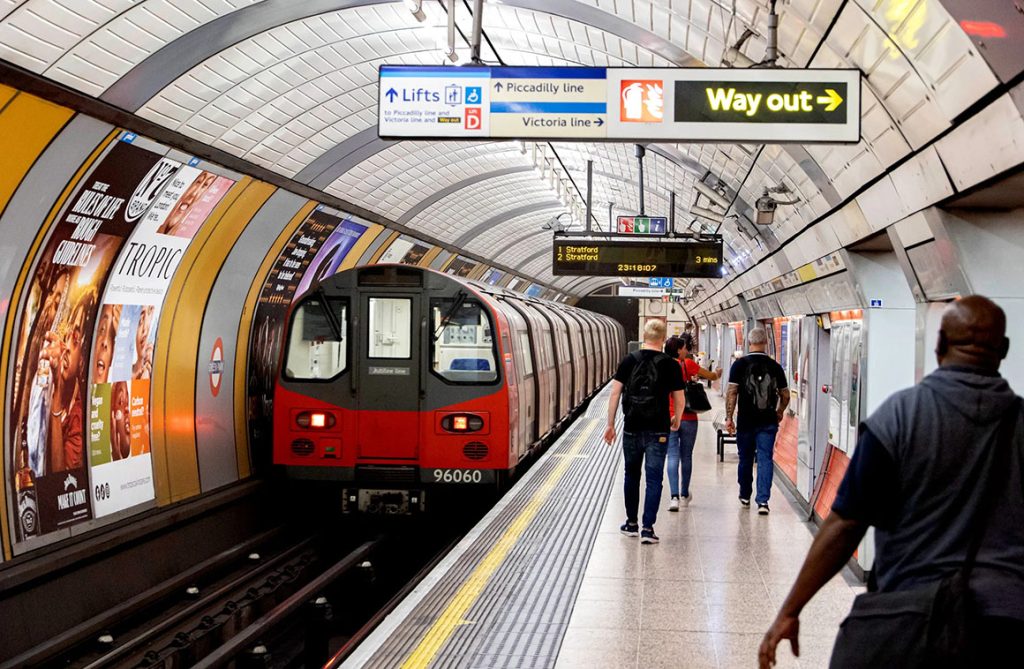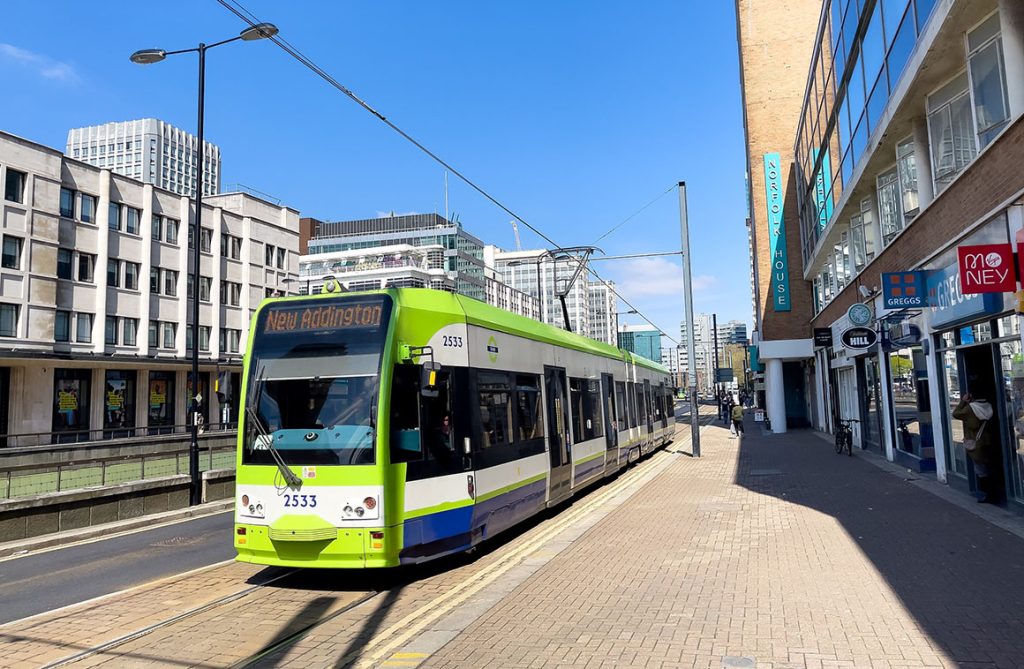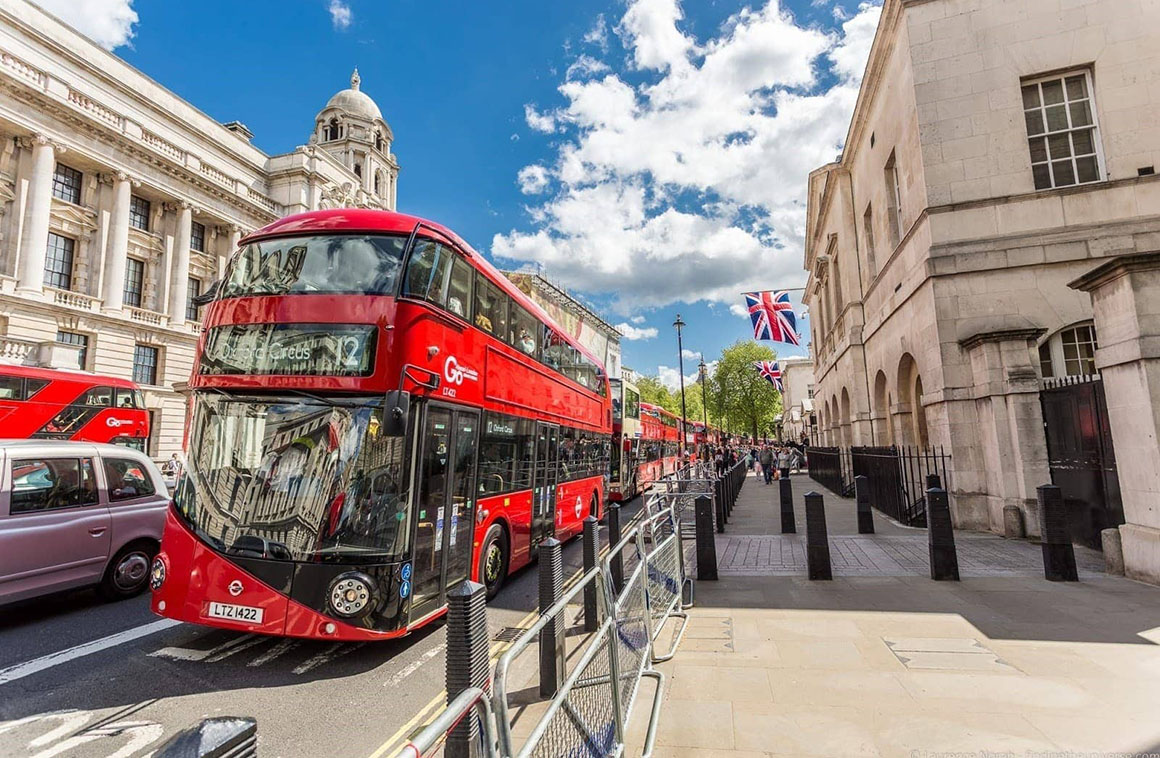London, the bustling metropolis on the banks of the River Thames, is not only a cultural and historical hub but also a city renowned for its diverse and extensive transportation network. From iconic double-decker buses to the world’s oldest underground railway system, navigating London’s transportation options can be both exciting and daunting for visitors and residents alike. I’ll delve into the intricacies of London’s transport system, offering tips, insights, and everything you need to know to travel around the city like a local.
London’s transport system is a complex web of trains, buses, trams, taxis, bicycles, and even boats, providing residents and visitors with a wide range of options for getting around the city. The backbone of London’s transport network is the Underground, commonly known as the Tube, which consists of 11 lines covering 402 kilometers (250 miles) and serving 270 stations across Greater London.
Unraveling the London Underground: Navigating the Tube

The London Underground, often referred to simply as the Tube, is the world’s oldest underground railway system, dating back to 1863. With its distinctive roundel logo and iconic map, the Tube is an essential part of London’s identity and a vital mode of transport for millions of passengers every day.
The London Underground, affectionately known as the Tube, is the lifeblood of the city, ferrying millions of passengers to their destinations each day with speed and efficiency. With an extensive network of lines and stations, navigating the Tube is a breeze for travelers armed with an Oyster card or contactless payment method. Fares are calculated based on zones traveled, with prices starting at £2.40 for a single journey within Zone 1 and increasing incrementally for journeys spanning multiple zones. For frequent travelers, purchasing a Travelcard or using pay-as-you-go with a daily price cap can offer significant savings, ensuring hassle-free travel throughout the city.
Navigating London’s Buses: Exploring the City’s Red Arteries
In addition to the Underground, London is also served by an extensive network of buses operated by Transport for London (TfL). With over 8,600 buses operating on more than 700 routes, London’s bus network is one of the largest and most comprehensive in the world, providing essential connections to areas not served by the Underground.
London’s iconic red buses crisscross the city, providing passengers with a scenic and immersive way to experience its vibrant streetscape. With a flat fare of £1.55 per journey (payable by contactless card or with cash), hopping aboard a bus is both affordable and convenient. For those planning to make multiple journeys in a single day, the Hopper fare allows passengers to take unlimited bus or tram journeys within one hour for the price of a single fare, offering excellent value for money.
Overground Adventures and DLR Delights: Traversing the City’s Perimeters
In recent years, London has seen significant investment in its overground rail network, with the introduction of the London Overground and the Docklands Light Railway (DLR). The London Overground operates suburban rail services across London and the surrounding areas, while the DLR provides light rail services in the Docklands area of East London.
Venturing beyond the Underground, London’s Overground and Docklands Light Railway (DLR) offer alternative routes to explore the city’s diverse neighborhoods and attractions. Fares for these services are calculated based on zones traveled, with prices starting at £1.60 for journeys within Zone 1 and increasing incrementally for longer journeys. Passengers can tap in and out using their Oyster card or contactless payment method, with daily and weekly fare caps ensuring that travelers never pay more than necessary for their journeys.
Trams and Thames Tideways: Embracing Alternative Modes of Transport

In addition to trains, buses, and the Underground, London also has a tram network serving the southern suburbs of the city, as well as river services operating on the River Thames. These alternative modes of transport offer scenic and convenient ways to travel around London, especially for those looking to explore the city from a different perspective.
For a leisurely exploration of London’s quieter corners, trams and river services provide a scenic and relaxing way to travel. Tram fares start at £1.55 for a single journey, payable by Oyster card or contactless payment, while river services offer a range of ticket options depending on the route and duration of travel. From sightseeing cruises along the Thames to commuter services between key destinations, there’s a river journey to suit every traveler’s needs and budget.
Pedal Power: Cycling Through London’s Streets
For the more adventurous traveler, cycling is becoming an increasingly popular way to get around London. With dedicated cycle lanes, bike-sharing schemes, and a growing network of cycle superhighways, London is becoming more cycle-friendly than ever before. However, it’s essential to familiarize yourself with London’s traffic rules and regulations before hopping on a bike, as cycling in the city can be challenging, especially for beginners.
Cycling enthusiasts can explore London’s streets and parks on two wheels, soaking up the city’s sights and sounds at their own pace. With a network of dedicated cycle lanes and bike-sharing schemes available throughout the city, renting a bike is a convenient and eco-friendly way to get around. Prices vary depending on the rental duration and provider, with hourly rates starting at around £2 for casual riders and discounted rates available for longer-term rentals.
Taxis and Ride-Sharing Services
For those looking for a more comfortable and convenient way to travel around London, taxis and ride-sharing services are readily available throughout the city. London’s famous black cabs are a symbol of the city and offer a safe and reliable way to get around, although they can be more expensive than other forms of transport. Alternatively, ride-sharing services like Uber and Lyft are popular choices for travelers looking to save money and enjoy the convenience of door-to-door service.
For travelers seeking door-to-door convenience, taxis, tuk-tuks, and ride-sharing services offer a range of options to suit every budget and preference. Traditional black cabs operate on a metered fare system, with prices starting at £3.20 for the initial flag fall and increasing based on distance traveled and time spent in traffic. Alternatively, app-based ride-sharing services like Uber and Bolt provide transparent pricing and convenient booking options, allowing passengers to reach their destinations with ease.
Planning Your Journey
With so many options available, planning your journey around London can seem overwhelming at first. However, there are plenty of resources available to help you navigate the city’s transport network with ease. Transport for London (TfL) offers a range of tools and apps, including Journey Planner and Live Departure Boards, to help you plan your route and stay informed about disruptions and delays.
Tips for Getting Around London
Navigating London’s transport system can be a daunting task, especially for first-time visitors. Here are a few tips to help you navigate the city like a pro:
1. Plan Ahead: Before setting out, take some time to plan your journey using TfL’s Journey Planner or mobile apps. This will help you avoid unnecessary delays and disruptions and ensure a smooth and stress-free journey.
2. Use Contactless Payment: London’s transport network accepts contactless payment cards and mobile payments, making it easy to pay for your journey without the need for cash. Simply tap your card or device on the yellow card reader when entering and exiting the Tube, bus, or tram.
3. Mind the Gap: When traveling on the London Underground, be sure to mind the gap between the train and the platform when boarding and alighting. This is especially important at stations with curved platforms or uneven surfaces.
4. Stand on the Right: When using escalators on the London Underground, always stand on the right and leave the left side free for people in a hurry to walk past. This is a common courtesy and helps keep the flow of foot traffic moving smoothly.
5. Stay Informed: Keep an eye on electronic departure boards and listen out for announcements to stay informed about any delays or disruptions to your journey. TfL’s Twitter account and website also provide real-time updates on the status of the transport network.
6. Be Respectful: Finally, remember to be respectful of your fellow passengers and adhere to TfL’s rules and regulations while traveling. Avoid blocking doorways, keep your belongings close, and offer your seat to those who need it, including elderly, disabled, or pregnant passengers.
London’s transport system is a marvel of engineering and innovation, providing residents and visitors with a wide range of options for getting around the city. From the iconic red buses and black cabs to the world-famous Underground, navigating London’s diverse transport network is an experience in itself. By planning ahead, using contactless payment, and following a few simple tips, you can explore all that London has to offer with ease and convenience.
